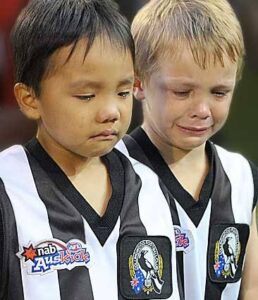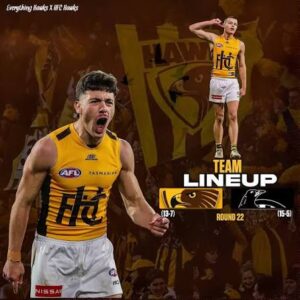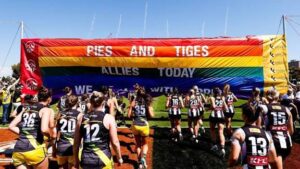One dead in Virgin Galatic space plane crash
On October 31, 2014, Virgin Galactic’s SpaceShipTwo, VSS Enterprise, disintegrated mid-flight during a test over California’s Mojave Desert, resulting in the death of co-pilot Michael Alsbury and serious injuries to pilot Peter Siebold.
The spacecraft, designed for suborbital space tourism, had just ignited its rocket engine after release from its mothership when Alsbury prematurely unlocked the “feathering” re-entry system at Mach 1.02, well below the recommended Mach 1.4. This action led to the aerodynamic forces deploying the system, causing the vehicle to break apart.
Siebold was ejected from the disintegrating craft at approximately 50,000 feet and Mach 1 speed. His parachute deployed automatically at about 20,000 feet, allowing him to survive the fall, though he sustained multiple injuries, including fractures and eye trauma.
The National Transportation Safety Board (NTSB) investigation concluded that the crash was due to Alsbury’s premature deployment of the feathering system, compounded by inadequate design safeguards, insufficient pilot training, and lack of rigorous oversight by the Federal Aviation Administration (FAA).
Michael Alsbury, a 39-year-old test pilot with Scaled Composites, had logged over 1,800 flight hours, with 1,600 as a test pilot. He was posthumously awarded the FAA Commercial Astronaut Wings in 2021.
Despite the tragedy, Virgin Galactic founder Richard Branson reaffirmed his commitment to space tourism, emphasizing the importance of learning from such incidents to enhance safety in future endeavors.













Post Comment